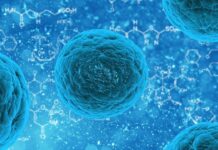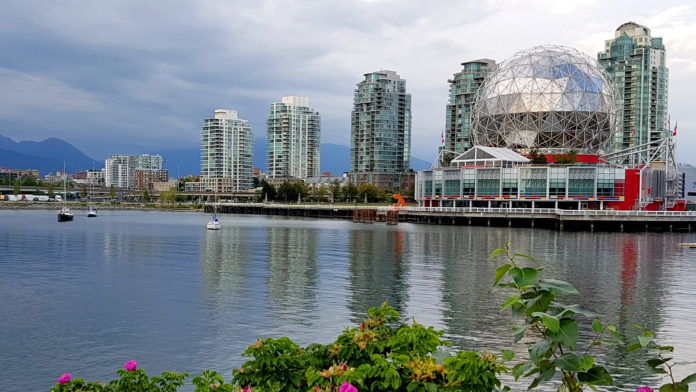It’s no secret that Vancouver is in an area prone to earthquakes. But as most Vancouverites’ attention tends to focus on the ‘Big One’ — a hypothetical future 9.0 magnitude megathrust earthquake that could happen when the Juan de Fuca plate slips further under the North American plate — there is a newly discovered threat even closer to home.
Reid Merrill and Michael Bostock, University of British Columbia researchers in the Department of Earth, Ocean, and Atmospheric Sciences, used 30 years of seismic data to uncover an earthquake nest under the Strait of Georgia: a location where isolated clusters of earthquakes happen persistently over time.
They identified a cluster of earthquakes southwest of Texada Island near coastal Sechelt, and just 50 kilometres away from Vancouver. The Texada earthquake nest spans 10-20 kilometres of the Juan de Fuca plate, and if there is a rupture along its entire length, it could trigger a 6.0 magnitude earthquake; the proximity of the epicentre to metropolitan areas like Sechelt, Nanaimo, and Vancouver could lead to severe damage in densely populated areas.
The data set included four to 10 seismic events every year in the Texada Island area, but they have been small quakes because the epicentre is deep, located 65 kilometers below the surface in part of the Juan de Fuca plate that lies under the North American plate. That depth means that a lot of the vibrational energy can dissipate before reaching the surface, but these smaller events still predict a potential larger earthquake in the future.
The date of the last major event is unknown, making it difficult to predict when the next one might happen.
The research represents a renewed warning call for residents and city planners to prepare for major earthquakes that are inevitable in the region. Households should be prepared with enough first aid, water, and food supplies to last for at least 72 hours before help arrives.





































